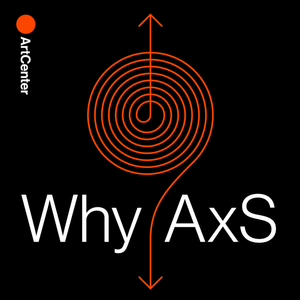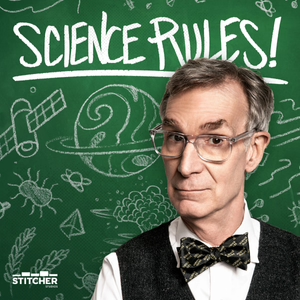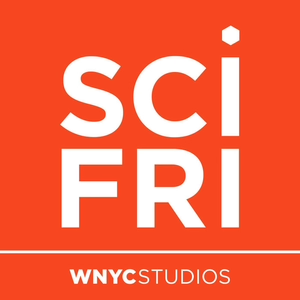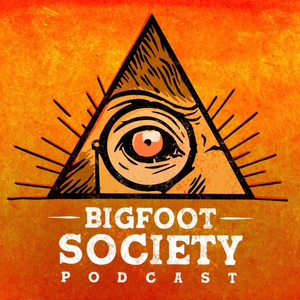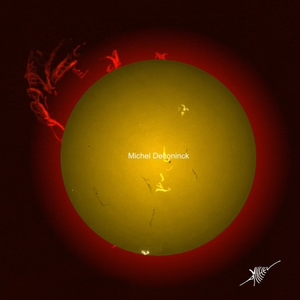
Solar Observation for Beginners
04/16/21 • 27 min
Michel Deconinck has been an amateur astronomer for more than 50 years. In this episode, I have the privilege of interviewing him on how to observe the Sun safely.
Safety Warning : If you are thinking of viewing the Sun, your first concern should always be eye safety. Serious eye damage can result from even a brief glimpse of our nearest star. Never view the Sun directly with the naked eye or with any unfiltered optical device, such as binoculars or a telescope ! (Source : ESA / Science & Exploration / Space Science)
Only use filters from reputable sources, and never use a "solar filter" that screws into an eyepiece. As Richard Hill states in Observe and Understand the Sun: "Observing the sun is the only inherently dangerous observing an amateur astronomer can do. Be aware of this at all times and take all necessary precautions. If you do not know a filter or procedure is safe then do not use it ! Always err on the side of safety. An eye once damaged is forever damaged. Filters that let too much INFRARED light through can burn an eye if used visually. There is NO PAIN when this happens. Burned retinas can not be repaired. Excessive ULTRAVIOLET light has been shown to cause cataracts. So be very careful." (Source : Sunspotter Observing Program of The Astronomical League)
Time Stamps :
- 05:24 : What is the Sun made of ? How does the Sun work ?
- 07:35 : How hot is the Sun ?
- 08:44 : What colour is the Sun ?
- 10:11 : What are solar prominences (i.e. flares) and sunspots ?
- 16:11 : How to observe the Sun safely ?
- 17:56 : How does a solar filter work ? What is a solar filter made of ?
- 19:27 : What is a Hydrogen alpha filter ?
- 21:27 : Can I look at the Sun with binoculars ?
Useful Links and Resources :
- Aquarellia
- Astronomy - Aquarellia
- Astronomy during Lockdowns - Aquarellia
- Sunspot Index and Long-term Solar Observations
- Solar Section - American Association of Variable Star Observers (AAVSO)
- Solar Dynamics Observatory - Data
If you liked this episode, please consider buying me a coffee.
Michel Deconinck has been an amateur astronomer for more than 50 years. In this episode, I have the privilege of interviewing him on how to observe the Sun safely.
Safety Warning : If you are thinking of viewing the Sun, your first concern should always be eye safety. Serious eye damage can result from even a brief glimpse of our nearest star. Never view the Sun directly with the naked eye or with any unfiltered optical device, such as binoculars or a telescope ! (Source : ESA / Science & Exploration / Space Science)
Only use filters from reputable sources, and never use a "solar filter" that screws into an eyepiece. As Richard Hill states in Observe and Understand the Sun: "Observing the sun is the only inherently dangerous observing an amateur astronomer can do. Be aware of this at all times and take all necessary precautions. If you do not know a filter or procedure is safe then do not use it ! Always err on the side of safety. An eye once damaged is forever damaged. Filters that let too much INFRARED light through can burn an eye if used visually. There is NO PAIN when this happens. Burned retinas can not be repaired. Excessive ULTRAVIOLET light has been shown to cause cataracts. So be very careful." (Source : Sunspotter Observing Program of The Astronomical League)
Time Stamps :
- 05:24 : What is the Sun made of ? How does the Sun work ?
- 07:35 : How hot is the Sun ?
- 08:44 : What colour is the Sun ?
- 10:11 : What are solar prominences (i.e. flares) and sunspots ?
- 16:11 : How to observe the Sun safely ?
- 17:56 : How does a solar filter work ? What is a solar filter made of ?
- 19:27 : What is a Hydrogen alpha filter ?
- 21:27 : Can I look at the Sun with binoculars ?
Useful Links and Resources :
- Aquarellia
- Astronomy - Aquarellia
- Astronomy during Lockdowns - Aquarellia
- Sunspot Index and Long-term Solar Observations
- Solar Section - American Association of Variable Star Observers (AAVSO)
- Solar Dynamics Observatory - Data
If you liked this episode, please consider buying me a coffee.
Previous Episode
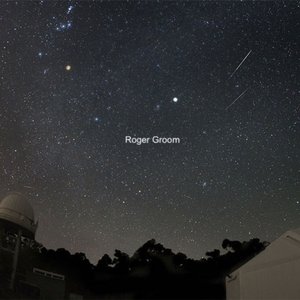
Geminid Meteor Shower
Matt Woods is the tour administrator at Perth Observatory. In this episode, he shares with us his recommendations on how to best prepare for observing the Geminid meteor shower.
Time Stamps :
- 03:51 : What is a meteor and a meteor shower ?
- 04:35 : Why do meteor showers occur ?
- 06:07 : What causes the Geminid meteor shower ?
- 07:53 : Are meteor showers and shooting stars the same thing ?
- 08:09 : What is the difference between a meteoroid, a meteor and a meteorite ?
- 08:43 : What is a fireball ?
- 10:16 : What is the radiant of a meteor shower ?
- 11:46 : What is the ZHR of a meteor shower ?
- 12:52 : What is a persistent train in the context of a meteor ?
- 15:00 : When does the Geminid meteor shower occur ? What time can I observe the Geminid meteor shower ?
- 17:31 : Where in the sky do I look for the Geminid meteor shower ? Which direction do I need to look to observe the Geminid meteor shower ?
- 19:07 : Will the Geminid meteor shower be visible from the southern as well as the northern hemisphere ?
- 19:56 : Does the presence of the Moon affect meteor shower observation ?
Useful Links and Resources :
- International Meteor Organization
- American Meteor Society
- Stellarium
- Time and Date
- Best Locations for Stargazing : Meet Star Gazers
If you liked this episode, please consider buying me a coffee.
Next Episode
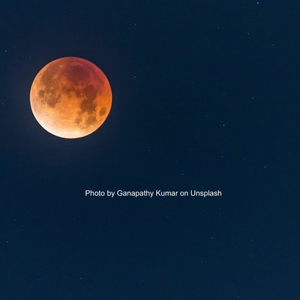
Lunar Eclipses for Beginners
Hailey Osborn is an educator at the Lowell Observatory. In this episode, we discuss the fundamentals of lunar eclipses.
Time Stamps :
- 01:33 : What is a lunar eclipse ? What happens during a lunar eclipse ?
- 02:16 : What are the types of lunar eclipses ?
- 02:54 : How often does a lunar eclipse happen ?
- 03:28 : What is the difference between a lunar eclipse and a solar eclipse ?
- 04:05 : Why is a lunar eclipse longer than a solar eclipse ?
- 04:22 : Why doesn't a lunar eclipse occur every month ?
- 04:41 : Why does the Moon appear red during a lunar eclipse ?
- 05:13 : What is the difference between the umbra and the penumbra of a lunar eclipse ?
- 05:33 : From where is a lunar eclipse visible ?
Useful Links and Resources :
- Lowell Observatory on Youtube
- Lunar Phases and Eclipses - NASA Science - Solar System Exploration
- Lunar Eclipse Page - NASA
- Why not an eclipse at every full and new moon ?
- Lunar eclipses: What are they & when is the next one ?
- Lunar Eclipse Facts for Kids
- Mr. Eclipse by Fred Espenak
If you liked this episode, please consider buying me a coffee.
If you like this episode you’ll love
Episode Comments
Generate a badge
Get a badge for your website that links back to this episode
<a href="https://goodpods.com/podcasts/meet-star-gazers-342987/solar-observation-for-beginners-49861797"> <img src="https://storage.googleapis.com/goodpods-images-bucket/badges/generic-badge-1.svg" alt="listen to solar observation for beginners on goodpods" style="width: 225px" /> </a>
Copy
